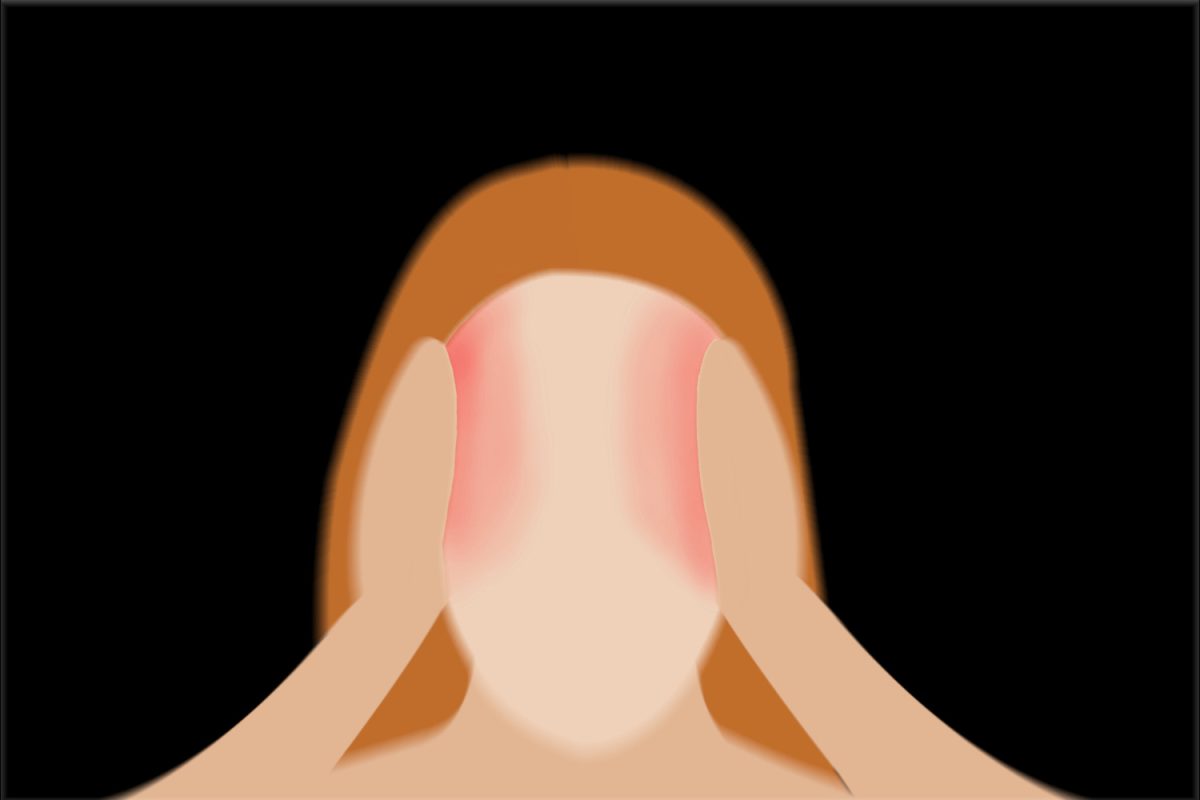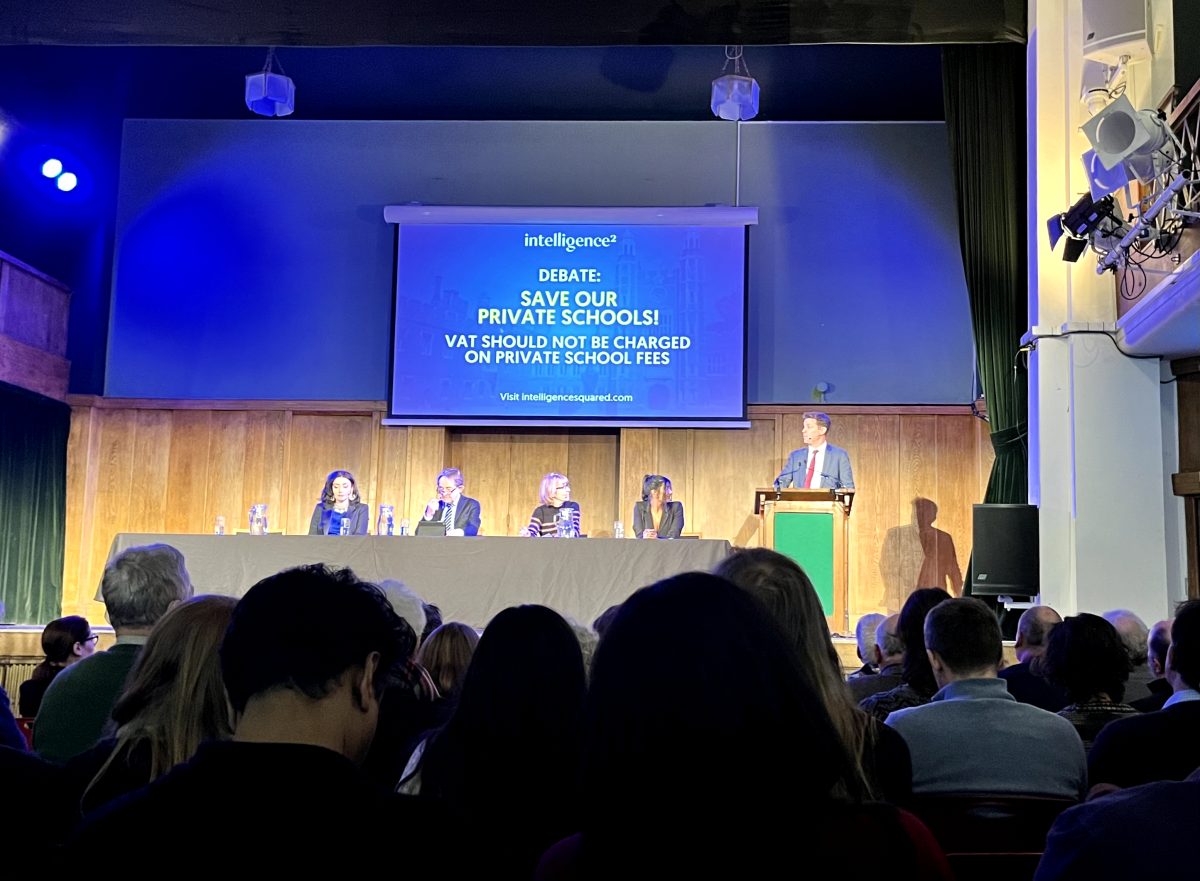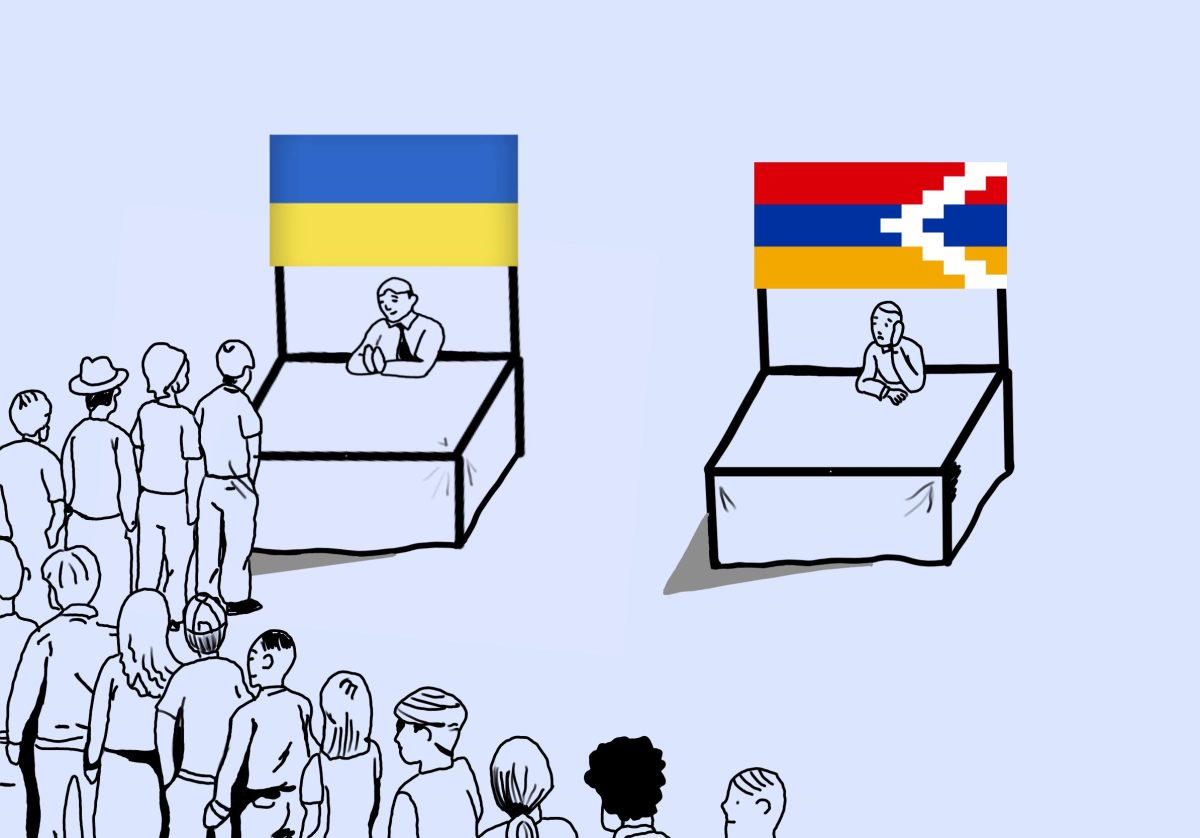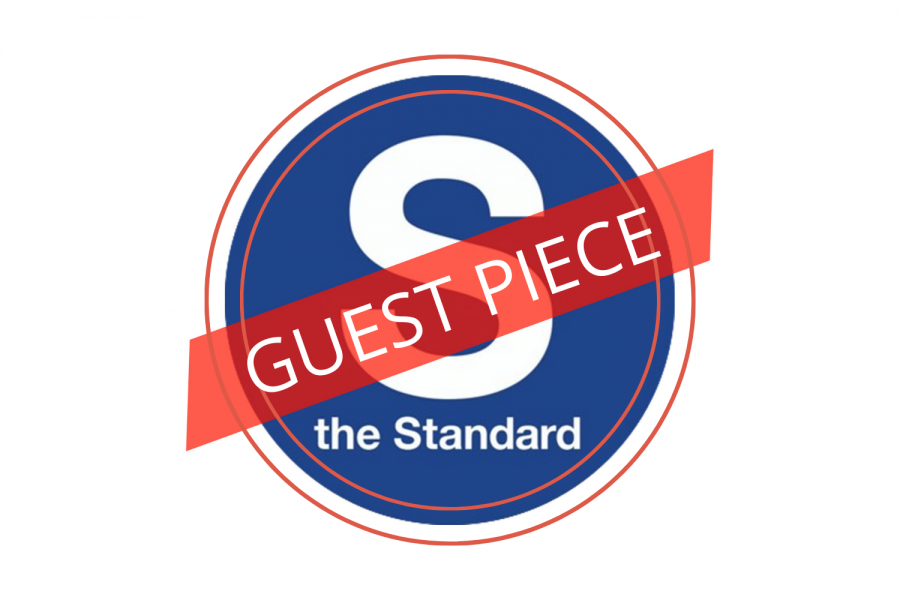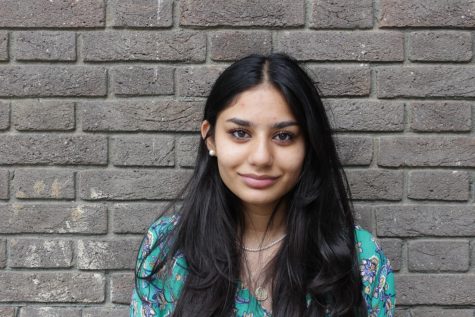Writer’s Note: This is an essay-formatted version of a speech we wrote to present as the Student Speakers for Aequitas Week in March. Our opportunity to present was closed, but fortunately, we have converted our work into a personal essay to be shared via The Standard. The use of “I” in this piece is reflective of experiences that we both share. The piece covers free expression in modern education along with its applications to ASL.
As I advance through the academic loops of teenagehood, I recognize what I perceive to be a very difficult fault line in education. This fault line throws up the false choice that one educational path leads to social justice and progress, while the other to free speech and critical thinking. It is a pressing case to be made that these options don’t compete, but coexist.
What is odd about our time is that the very voices that once shouted at the top of their lungs to be heard are suddenly repelled by freedom of speech. In fact, its liberal guardians now appear to be its foremost censors and regulators. In my time at ASL, I have acquainted myself with the dream of having every student speak their minds without hesitating. However, far too often I get told this dream of mine is simply a romantic fantasy where people get hurt.
It’s recriminating: “Free speech is hate speech in disguise! A Trojan horse for bigotry! Not a dream, but a nightmare where students are constantly in imminent danger.”
When I get told this every so often, I begin to wonder if free speech has made the transition from once being an instrument of progress to now being a contender for society’s biggest flaw. I wonder if the liberal revolution towards free expression has slowly – and not so peacefully – passed away.
When I think about the safest place, I immediately think of my home. My family is a nucleus of curious learners, and the most protected I feel with them is, ironically, when I take the most intellectual risks. We speak to each other with a measure of doubt because very few things in this world are certain. We raise questions from smart to stupid at the dinner table, and we can be wrong, ignorant, misguided or not well-spoken in the slightest, but this doesn’t matter, because in our nucleus of curiosity, we risk great embarrassment for the gift of learning.
I call that safety. Danger, to me, looks like quite the inverse.
Danger is an environment where instead of learning, my curious comments are met with a slap in the face followed by the silent treatment. Danger is living in a bubble with the preconceived notion that the outside world will only hurt you. Danger is when conjecture trumps facts, presumption supersedes data, doctrine triumphs over evidence. In my experience, danger is the assumption that as a minority, you are safer in a group of 10 like-minded individuals than you will ever be beyond the walls of ASL.
Today, being progressive is confusing. While safe spaces may be a commendable invention of our generation, they can become treacherously comfortable. It looks like debate and disagreement limited. It looks like rejecting a student’s future opinions for uttering non-progressive views.
Not only has well-intentioned super-protection cut into intellectual freedom, but it has even spilled over into the compartmentalization of minorities into neat boxes that come titled “fragile” and “handle with care.” For instance, I have had a wild, complicated and wonderful experience as a student with all sorts of identifiers. There’s the teenage girl thing, the biracial double Asian thing, the triplet thing, the upper-class upper-caste thing, and even the seasoned tri-continental global citizen thing.
My background has made me a minority in one ecosystem and a majority in the other like day and night. I can walk into any room on this planet, and there will be at least one of my labels that radiates the words, “I need help.” But what if I don’t need such foreign intervention?
When I came to ASL for the first time, it was like a round of mad libs:
“Who am I?” met with “a minority.” “What should I be?” with “angry.” “How should I feel?” with a dispirited “oppressed.” In these moments, the nuances of my life were re-packaged into boxes labeled with every cultural identifier that applied to me.
Evidently, none of it felt true. I kept exclaiming that none of those identifiers defined me, but the tide of righteous outrage washed right over all my rough, complex, proud and nuanced edges as it marched onwards to a predestined utopia of social justice.
There seems to be a pervasive ASL-centric assumption that every person of color should love and hate the exact same things, together. The assumption is that their social, political and intellectual reaction functions are or should be similar. A risky assumption is that these environments are uniting for minorities; an even riskier one is that minorities all need help.
The problem, though, is that this kind of help has the power to take individuals with complex personalities and slap nametags onto them with a precise minority label under which all their traits should align. Yes, one may be a minority, but this label dictating that they are is illusory.
Many of us live socioeconomically fluffy lives that differ greatly from the traditional hardship of a minority. Many of us fly business class, many of us reside as country-hopping expats and all of us go to ASL.
In these multivariable cases, how relevant is an oppressed nametag? When does it become trivial?
Minorities are complex. They can be privileged, they can be talented and they can extend far beyond the thread of a single identifier. How can we reduce the intricacy of the individual and fray it to the bones of a singular truth? In the name of social justice, is this the testament we want to send to minorities – that they are destined to be packaged?
The curtailing and censorship of free speech is the slippery precursor to illiberal liberalism, and the presence of free speech should be the crux of modern education.
In my experience, this packaging drives away talent. It drives away nuance, and suddenly, we find ourselves in a monoculture. At its worst, the packaging may undermine individual initiative and agency at the altar of preserving a homogenous group identity. This obsession with minorities embracing singular labels with high hopes of diversity actually decreases diversity through social fortifications and poor cross-cultural communication – and that is the great irony of our time.
This brings me to the question: How can we revamp safe spaces to make them empowering for everybody? To me, a “safe space” is a place where students can think critically and voice their opinions. It’s a place where we don’t have to walk on eggshells in fear of poking the bear of sensitivity. It’s a place where we don’t face the daunting risk of tearing intellectual discourse into shreds.
ASL does truly value intellectual vitality, but in order to fully pursue this, it is crucial to consider that humanity and sensitivity can not only coexist with free speech and critical thinking, but that they are the very bedrock values that ensure and sustain social progress. The curtailing and censorship of free speech is the slippery precursor to illiberal liberalism, and the presence of free speech should be the crux of modern education.
We are capable of learning with a measure of uncertainty and self-doubt while ensuring genuine safety. We are capable of fostering an environment where free speech is encouraged, but the potential for harm is moderated. We are more than capable of social justice in its purest form.
So here’s to curiosity and complexity. To debate and dissent. To sensitivity, caring and concern. To openness to ideas, concepts and cultures. May we never settle for the false competing visions on offer. It’s not this or that, but all of the above. Otherwise, we will have none of the above.

